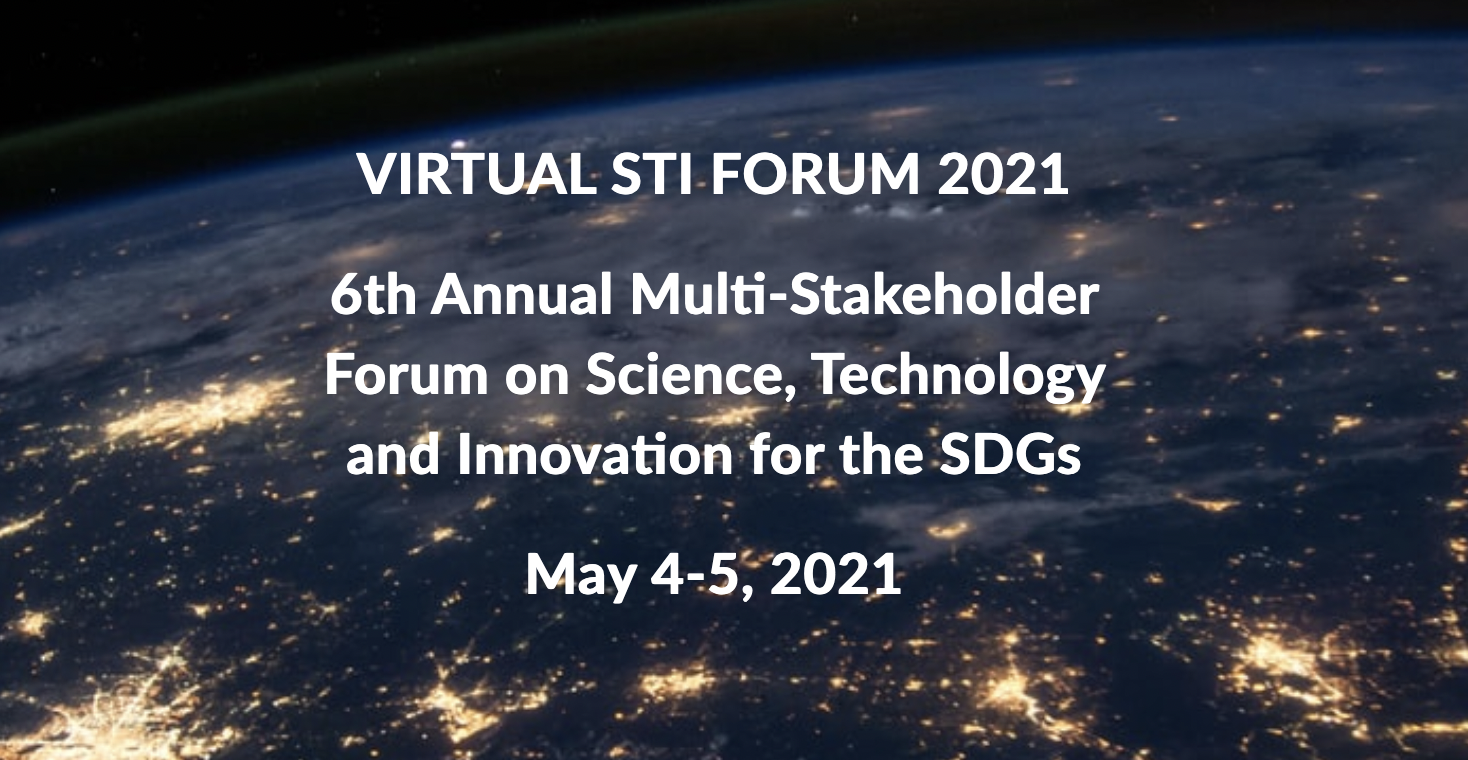Will multilateral governance of digital technology close the digital divide?
3 May 2021 12:00h - 13:00h
Event report
The objective of the session was to provide a venue for various actors to provide insights, including present proposals, on global governance of digitalisation. Particularly, the session sought to find whether multilateral governance of digital technology will help close the digital divide.
The session was organized by the Civil Society Financing for Development (FfD) Group, with support from Action Group on Erosion, Technology and Concentration (ETC Group), Society for International Development (SID), and Major Group on Children and Youth (MGCY), as co-organizers.
Ms Pooja Rangaprasad, (Director, Policy and Advocacy, Financing for Development at the SID), started off the session by giving a background and shedding light on how the global COVID-19 pandemic has exposed the digital divide between the North and the South, as well as further dynamics, such as the divide between urban cities in developing countries and the rural centres, and between men and women. The introduction set the tone for contributions from the session’s panellists.
Mr Perks Ligoya (Ambassandor and Permanent Representative of Malawi to the United Nations and Leader of the LDC Group) started by rehashing whether multilateral governance of digital technology will close the digital divide. His answer was – yes. However, the global pandemic has affected the world adversely, especially least developed countries (LDCs) in the global South. He mentioned that developed countries leapfrogged their capacities in technology innovations and infrastructure, and made trillions of dollars.
Further, Ligoya highlighted the dire need for internet access in LDCs which currently stands at about 16% of the population. He concluded his submission by saying that multilateral governance would help close the digital divide gap if such cooperation were to focus on affordable internet, improve digital literacy skills, and support tech entrepreneurs in creating local context innovative products. Ligoya also based his optimism on the UN Secretary General’s Roadmap on Digital Cooperation and the appointment of the Envoy on Technology. He highlighted the UN’s GIGA initiative and called on all governments to support raising the necessary funds – in excess of US$420 billion – to make the idea of connectivity for all a reality. He used the opportunity to invite the participants to the LDC5 Forum in Doha, from 23 to 27 January 2022.
Ms Neth Dano (Asia Director for the ETC Group) also highlighted topical issues that are related to technology implementation in the face of the pandemic. She mentioned the issue of privacy and digital ethics, which were compromised in the name of tracking individuals with the aim of addressing the pandemic. She also talked about huge infrastructure gaps, which became widened during the pandemic, and concluded by calling for a concerted effort by all in order for closing the digital gap through multilateral governance to succeed.
Mr. Parminder Singh (Director for IT for Change), presented a historical analysis in reaching a conclusion on what would work in multilateral governance. Citing examples from World Summit on Information Society (WSIS), WSIS+10, and even the Internet Governance Forum (IGF), Mr. Singh was of the view that any form of global digital cooperation should look at tapping technical expertise especially from the developed North, while LDCs should focus more on South–South multilateral cooperation in dealing with the political issues of advancing and addressing technological needs. He believes that if the UN IGF were to move into political advice in the area of digital cooperation, there could be a risk of top global companies pushing an agenda that could negatively affect LDCs.
Related topics
Related event

